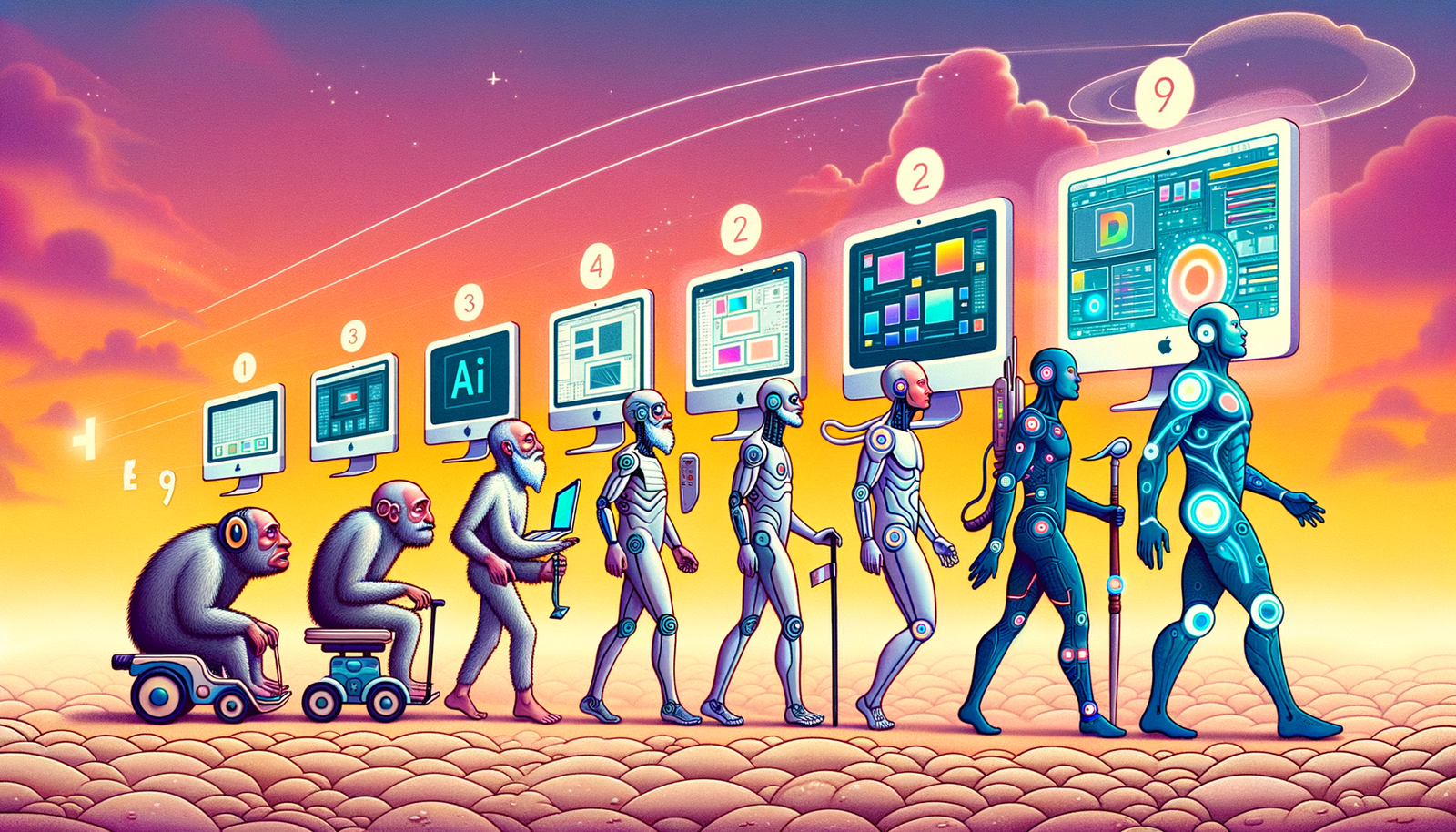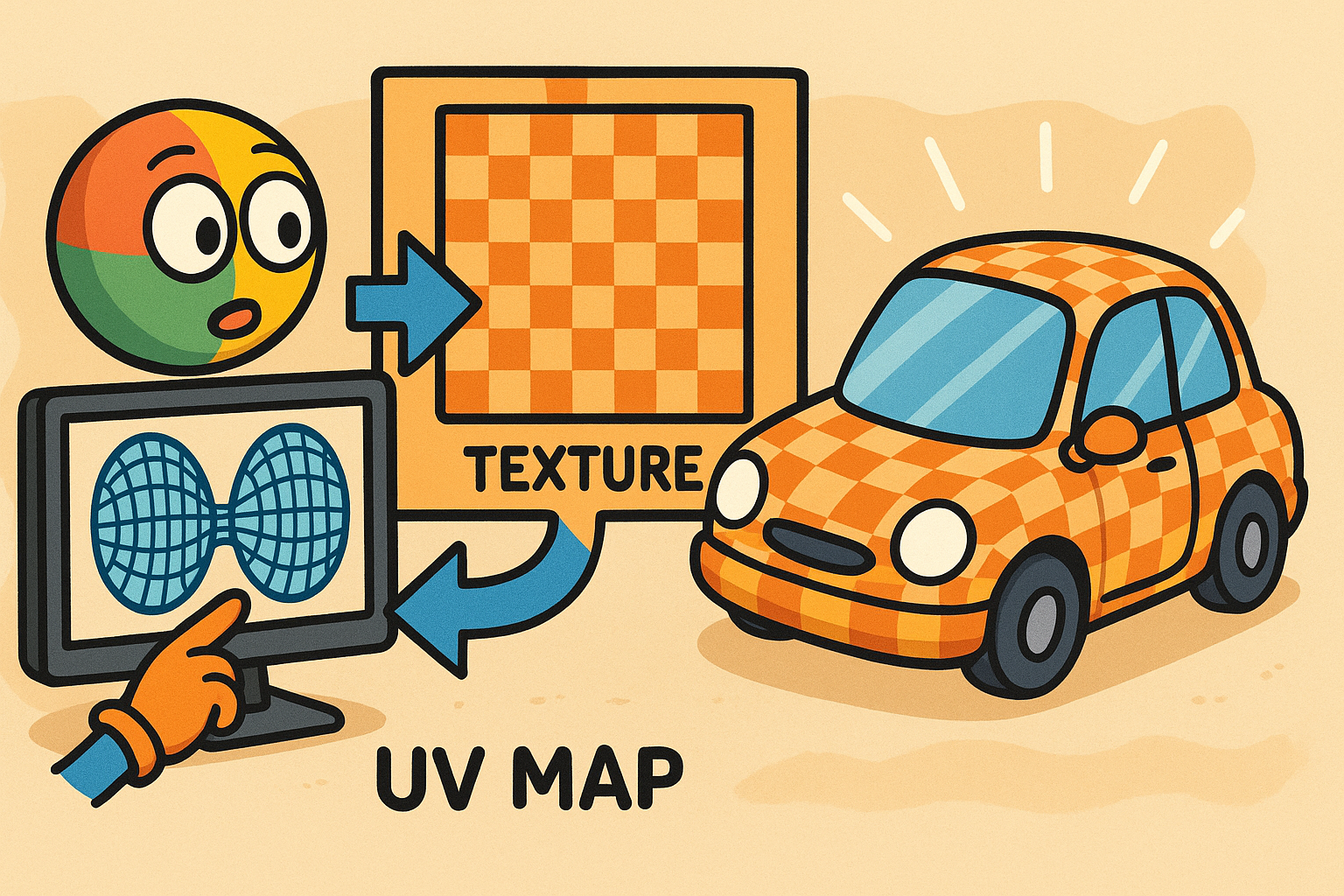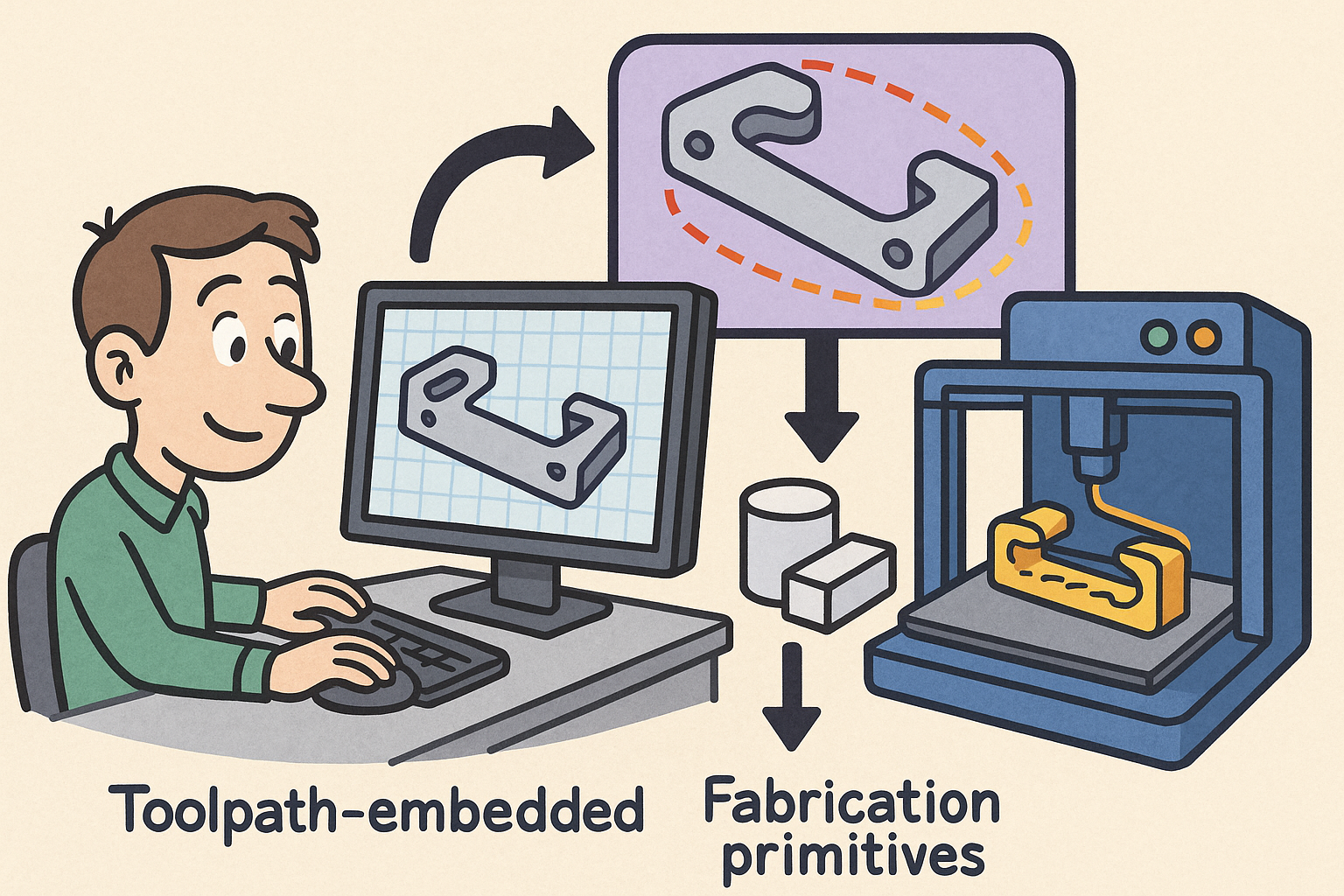Your Cart is Empty
Customer Testimonials
-
"Great customer service. The folks at Novedge were super helpful in navigating a somewhat complicated order including software upgrades and serial numbers in various stages of inactivity. They were friendly and helpful throughout the process.."
Ruben Ruckmark
"Quick & very helpful. We have been using Novedge for years and are very happy with their quick service when we need to make a purchase and excellent support resolving any issues."
Will Woodson
"Scott is the best. He reminds me about subscriptions dates, guides me in the correct direction for updates. He always responds promptly to me. He is literally the reason I continue to work with Novedge and will do so in the future."
Edward Mchugh
"Calvin Lok is “the man”. After my purchase of Sketchup 2021, he called me and provided step-by-step instructions to ease me through difficulties I was having with the setup of my new software."
Mike Borzage
Design Software History: The Evolution of Graphic Design Software: From CorelDRAW to Adobe Creative Cloud and Beyond
August 19, 2024 6 min read


Early Beginnings and Pioneering Tools
The Genesis of Graphic Design Software
The digital age heralded a monumental shift in how creative professionals approached graphic design. The need for precise, efficient, and scalable tools drove the development of early graphic design software. In the initial stages, graphic design was labor-intensive, requiring manual effort and meticulous attention to detail. The advent of computer graphics in the late 20th century marked the beginning of a new era, with various software solutions emerging to meet the burgeoning need for digital design capabilities.
During these early years, the focus was primarily on developing basic functionalities that could translate the traditional design processes into a digital format. These initial forays laid the groundwork for more sophisticated tools that would revolutionize the industry in the years to come.
CorelDRAW: A Revolutionary Start
The journey of CorelDRAW began with the founding of the Corel Corporation by Michael Cowpland in 1985. Corel Corporation, headquartered in Ottawa, Canada, was initially focused on developing software for desktop publishing. However, the company soon recognized the potential for a dedicated graphic design tool and shifted its focus accordingly. In 1989, Corel released the first version of CorelDRAW, which quickly garnered attention for its innovative features and user-friendly interface.
The release of CorelDRAW was a significant milestone in the history of graphic design software. It introduced several key features that set it apart from existing tools, including vector-based graphics, which allowed for scalable designs without loss of quality, and an intuitive drag-and-drop interface. These innovations not only enhanced the efficiency of design workflows but also made graphic design more accessible to a broader audience.
CorelDRAW's impact on graphic design workflows was profound. It enabled designers to create complex illustrations, layouts, and typography with unprecedented ease. The software's early adoption by professionals and hobbyists alike underscored its significance in the evolving landscape of digital design.
Competitive Landscape and Technological Advancements
Rise of Adobe Systems
While CorelDRAW was making waves in the graphic design industry, another significant player was emerging on the horizon. Adobe Systems, founded by John Warnock and Charles Geschke in 1982, was initially focused on developing PostScript, a page description language that revolutionized desktop publishing. However, Adobe soon expanded its vision to encompass graphic design software, leading to the introduction of Adobe Illustrator in 1987.
Adobe Illustrator set new standards for graphic design software with its robust vector graphics capabilities and advanced drawing tools. The software's unique features included the use of Bezier curves for precise path manipulation and a powerful pen tool that allowed for intricate designs. These technical advancements positioned Adobe Illustrator as a formidable competitor to CorelDRAW.
The late 1980s and early 1990s saw a fierce competition between CorelDRAW and Adobe Illustrator. Each software had its own strengths and unique selling points. CorelDRAW was praised for its user-friendly interface and comprehensive feature set, while Adobe Illustrator was lauded for its precision and advanced vector graphics capabilities. This competition spurred further innovation, driving both companies to continuously enhance their offerings and set new benchmarks in the industry.
Other Key Players and Innovations
While CorelDRAW and Adobe Illustrator were at the forefront of the graphic design software landscape, several other key players made noteworthy contributions. One such player was Aldus FreeHand, originally developed by James R. von Ehr in the mid-1980s. FreeHand offered advanced vector graphics tools and was particularly popular among illustrators and designers for its versatility and ease of use.
Other notable software included Macromedia Fireworks, which provided web designers with powerful bitmap and vector graphics editing capabilities, and QuarkXPress, which became a staple in desktop publishing for its robust layout and typography tools. The introduction of vector graphics was a significant milestone in the history of graphic design software, as it allowed for scalable, high-quality designs that could be easily modified and repurposed.
- Aldus FreeHand: Developed by James R. von Ehr, known for its advanced vector graphics tools.
- Macromedia Fireworks: Combined bitmap and vector graphics editing, ideal for web design.
- QuarkXPress: Dominated desktop publishing with its powerful layout and typography capabilities.
Evolution Through the Digital Age
Technological Milestones and Software Enhancements
As the digital age progressed, graphic design software underwent significant transformations. One of the most notable shifts was the transition from bitmap to vector graphics. Bitmap graphics, while effective for certain applications, were limited by their resolution and scalability. Vector graphics, on the other hand, offered endless scalability and precision, making them ideal for a wide range of design applications.
In addition to the adoption of vector graphics, several other technological milestones shaped the evolution of graphic design software. The introduction of layers revolutionized the way designers approached complex compositions, allowing for greater flexibility and control. Advanced color management tools enabled more accurate color reproduction, while typography tools provided designers with unprecedented control over text formatting and layout.
The integration of graphic design software with other digital tools and platforms further enhanced its capabilities. Software developers began to recognize the value of interoperability, leading to seamless integration with photo editing, 3D modeling, and animation tools. The rise of the internet and digital publishing also played a crucial role in the evolution of graphic design software, driving the need for web-compatible design features and interactive content creation.
Emergence of the Adobe Creative Suite
The launch of the Adobe Creative Suite (CS) in 2003 marked a new era in graphic design software. The Creative Suite brought together a comprehensive set of tools, including Adobe Illustrator, Photoshop, InDesign, and others, into a cohesive package. This integration offered several benefits, including streamlined workflows, consistent user interfaces, and enhanced collaboration capabilities.
Adobe Illustrator, as part of the Creative Suite, continued to dominate the graphic design industry. The software's robust feature set, combined with its seamless integration with other Adobe tools, made it the go-to choice for professional designers. Over the years, Adobe Illustrator evolved significantly, with each new version introducing advanced features and tools that pushed the boundaries of what was possible in graphic design.
The transition from the Creative Suite to the Creative Cloud (CC) in 2013 further solidified Adobe's position as a leader in the industry. The Creative Cloud model introduced a subscription-based approach, providing users with access to the latest updates and features as soon as they were released. This shift also enabled greater collaboration and sharing capabilities, making it easier for teams to work together on design projects.
The Modern Era and Future Perspectives
Current State of Graphic Design Software
Today, the landscape of graphic design software is more diverse and dynamic than ever before. While Adobe Illustrator and CorelDRAW remain prominent players, several new contenders have emerged, offering unique features and capabilities. Software like Sketch and Affinity Designer have gained popularity for their user-friendly interfaces and powerful design tools.
Technological advancements continue to shape the evolution of graphic design software. The latest versions of these programs boast features such as real-time collaboration, cloud storage, and advanced AI-powered tools that enhance the design process. Open-source graphic design software like Inkscape also plays a vital role, providing accessible and cost-effective solutions for designers worldwide.
- Adobe Illustrator: Continues to dominate with its comprehensive feature set and seamless integration with other Adobe tools.
- CorelDRAW: Remains a popular choice for its user-friendly interface and robust design capabilities.
- Sketch: Known for its simplicity and efficiency, particularly among web and UI designers.
- Affinity Designer: Offers powerful design tools at a competitive price point.
- Inkscape: Provides an open-source alternative with a wide range of features.
Future Trends and Innovations
As technology continues to advance, several emerging trends and innovations are poised to shape the future of graphic design software. One of the most significant developments is the integration of Artificial Intelligence (AI) and Machine Learning (ML) into design tools. AI-powered features can automate repetitive tasks, suggest design improvements, and even generate design elements, significantly enhancing productivity and creativity.
Another exciting trend is the potential impact of Virtual Reality (VR) and Augmented Reality (AR) on graphic design workflows. These technologies offer immersive experiences and new ways to visualize and interact with designs, opening up a world of possibilities for designers.
The future of graphic design software is also likely to be heavily influenced by cloud computing and collaborative design. Cloud-based tools enable real-time collaboration, making it easier for teams to work together regardless of their geographical location. This trend is expected to continue, with more software solutions offering robust cloud-based features and enhanced collaboration capabilities.
Overall, the future of graphic design software looks promising, with continuous advancements and innovations driving the industry forward. As new technologies emerge and user needs evolve, graphic design software will undoubtedly continue to adapt and transform, offering even more powerful and versatile tools for designers worldwide.
Also in Design News

Rhino 3D Tip: Validate Curvature and Surface Fairness in Rhino
December 15, 2025 2 min read
Read More
Design Software History: UV Mapping and Texture Pipelines: From Parameter Spaces to Product Visualization
December 15, 2025 11 min read
Read More
Path-First Modeling: Embedding Toolpath-Aware Constraints and Fabrication Primitives into CAD Kernels
December 15, 2025 13 min read
Read MoreSubscribe
Sign up to get the latest on sales, new releases and more …


